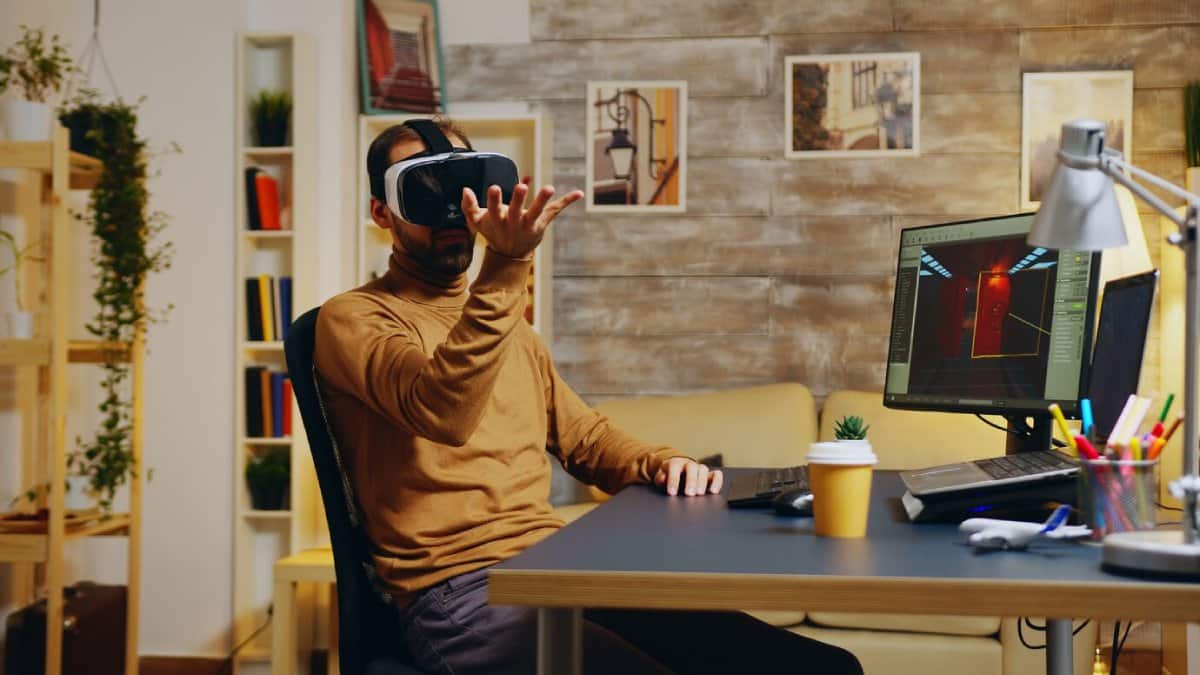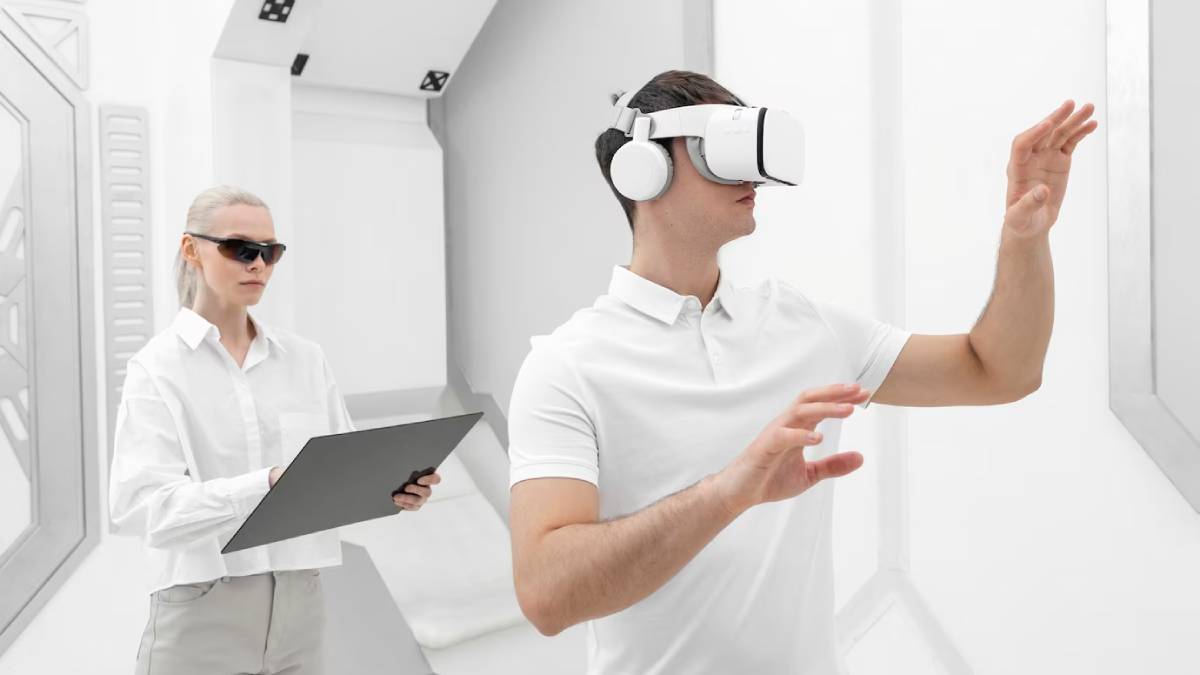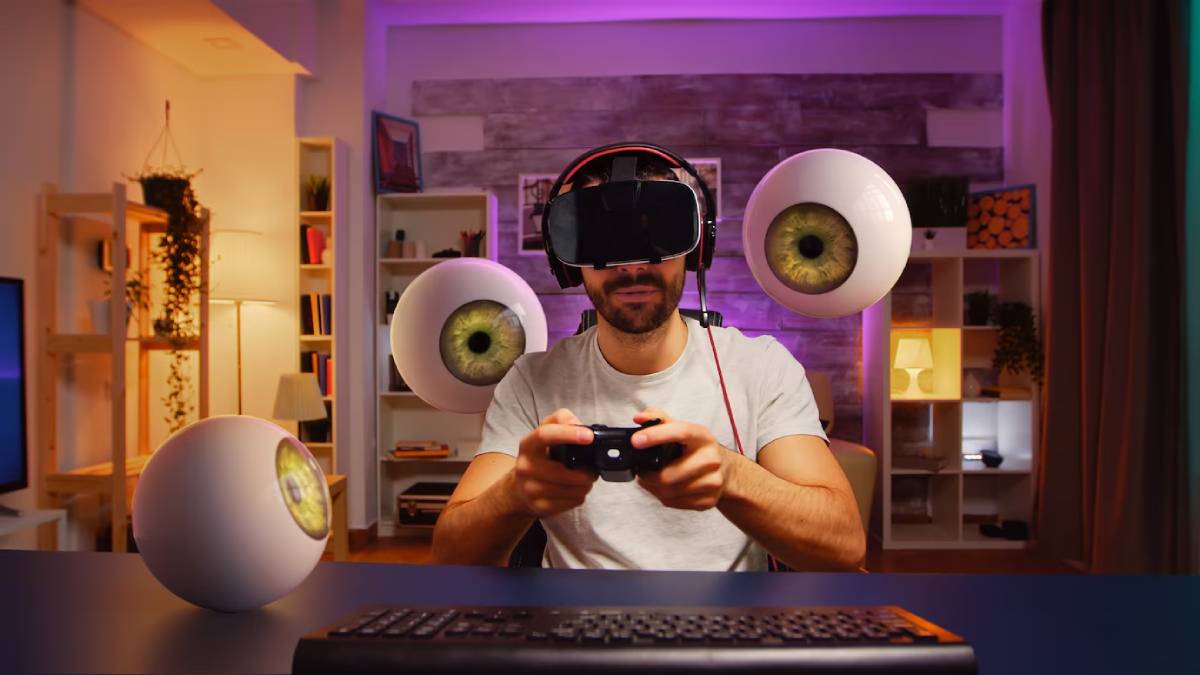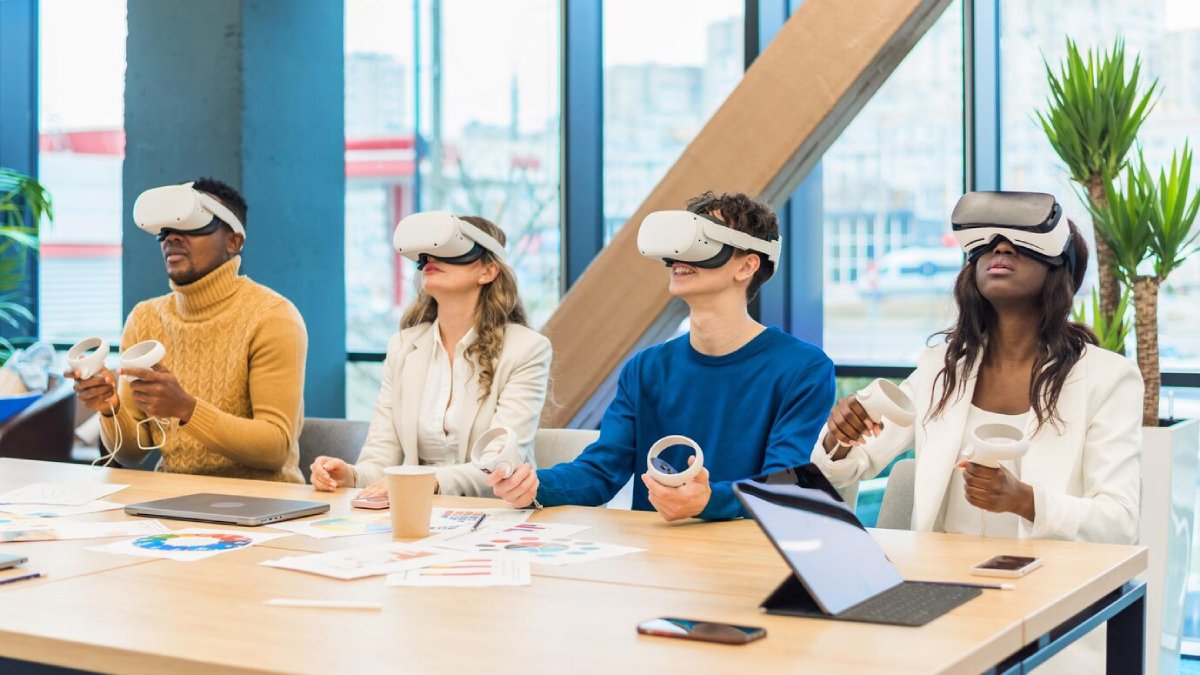
How to Create Custom VR Environments Using Unity
Virtual reality (VR) is transforming the way we consume digital content. It transports us to immersive experiences that can take us anywhere on Earth and off it, too. Unity is a framework used for developing VR environments of various kinds. This allows developers to design individual virtual experiences. This is a guide to Unity VR development. It shows a simple way to create a cool and fun VR scene.
Today, virtual reality is more than just a buzzword. It’s a game-changing technology that’s already revolutionising fields such as gaming, education and beyond. Utilising Unity to develop custom VR environments allows developers to push new boundaries. This delivers distinctive experiences to the users that attract and engage them. You can build games with Unity, one of the best tools for game development. It provides robust tools and a solid framework for building your VR scenes. For this, it gets easier for both beginners and experienced developers.
Custom VR environments are integral for developers looking to stand apart in a crowded market. Knowledge of Unity VR development is required if you’re making a VR game or an educational tool. Go-to Answer: You learned the Unifying Framework that equips you to design immersive VR spaces. It can help you reel in users and improve your projects.
Pro Tip: Keep It Simple: Initially, focus on creating a simple environment to grasp the fundamentals of VR development before adding complexity.
Understanding the Core
What is Unity VR Development?
Unity is a versatile and powerful game development platform widely used for creating both 2D and 3D content. Its VR development capabilities allow creators to design immersive environments that can be experienced through various VR headsets, such as the Oculus Rift, HTC Vive, and PlayStation VR. Unity’s robust asset store, extensive documentation, and active community make it an ideal choice for creating VR scenes.
The Importance of Custom VR Environments
Custom VR environments provide a tailored experience that can be fine-tuned to meet specific user needs or project goals. Unlike generic VR templates, custom environments allow for unique storytelling, enhanced interaction, and personalised aesthetics. This level of customisation is essential for developers aiming to create memorable and impactful VR experiences.
Quick Guide / Checklist
Before diving into the step-by-step guide, here’s a quick checklist of what you’ll need to create custom VR environments using Unity:
- Unity Software: Download and install the latest version of Unity.
- VR Headset: Ensure compatibility with your chosen headset (e.g., Oculus Rift, HTC Vive).
- Development Environment: Set up a suitable development environment with necessary plugins and SDKs.
- Assets and Textures: Gather or create the necessary assets and textures for your VR scene.
- Scripting Knowledge: Familiarise yourself with C# scripting for Unity.
- Testing Tools: Set up tools for testing and debugging your VR environment.
Important Tip: Optimise for Performance: VR experiences require high performance; optimise your assets and code to prevent lag and maintain a high frame rate.
Step-by-Step Guide (How to Practise)
Step 1: Setting Up Unity for VR Development
- Install Unity: Download and install the latest version of Unity from the official website.
- Create a New Project: Launch Unity and create a new 3D project.
- Import VR Packages: Use the Unity Asset Store to import VR packages relevant to your headset, such as the Oculus Integration package or SteamVR plugin.
- Configure Settings: Navigate to the ‘Player Settings’ under ‘Edit’ > ‘Project Settings’ and enable VR support for your project.

Step 2: Designing Your VR Environment
- Create a Scene: In Unity, open the Scene view and start building your environment using 3D models and assets.
- Add Lighting: Use Unity’s lighting tools to create realistic lighting effects that enhance immersion.
- Incorporate Textures: Apply textures to your models to give them a realistic appearance.
- Set Up Interactions: Use Unity’s physics engine and scripting capabilities to add interactivity to your environment.
Step 3: Scripting and Interactivity
- Learn C# Basics: Familiarise yourself with C# scripting to control the behaviour of objects within your scene.
- Create Scripts: Write scripts to handle user input, object interactions, and other dynamic elements.
- Test Interactions: Regularly test your scripts to ensure they function as intended within the VR environment.
Step 4: Testing and Optimisation
- Test on VR Headset: Regularly test your environment using your VR headset to ensure compatibility and performance.
- Optimise Performance: Use Unity’s profiling tools to optimise performance, ensuring smooth and responsive VR experiences.
- Debug Issues: Address any bugs or issues that arise during testing to ensure a polished final product.
Important Note: Stay Updated: VR technology is rapidly evolving. Stay informed about the latest updates and best practices in Unity VR development.
Best Practices & Additional Insights
Enhancing User Experience
- Intuitive Navigation: Design your VR environment with intuitive navigation to prevent user confusion.
- Immersive Audio: Incorporate spatial audio to enhance immersion and provide auditory cues for navigation and interaction.
- Feedback Mechanisms: Implement visual or haptic feedback to confirm user interactions and enhance engagement.
Leveraging Community Resources
- Unity Forums: Engage with the Unity community through forums and online groups to share knowledge and seek advice.
- Asset Store: Utilise the Unity Asset Store to access a wide range of assets, plugins, and tools that can streamline your development process.

FAQs
1. What are the system requirements for Unity VR development?
Unity VR development requires a capable computer with a modern graphics card, sufficient RAM, and a compatible VR headset. Refer to Unity’s official documentation for specific hardware recommendations.
2. Can I create VR environments without coding experience?
While basic scripting knowledge is beneficial, Unity offers visual scripting tools that can help beginners create interactive environments without extensive coding.
3. How can I distribute my VR environment once it’s complete?
Once your VR environment is complete, you can distribute it through various platforms such as Steam, the Oculus Store, or your own website, depending on your target audience and distribution goals.
Bringing Your VR World to Life
Creating VR worlds on Unity is both a creative and technical process. Use this guide to build immersive and interactive VR experiences. It will blow users’ minds and open a new range of opportunities. Whether you are an entry-level or veteran developer, this will give you tools/insights on developing in VR.
If you’re ready to begin your VR development journey, Get started developing your own unique VR settings using Unity today. Join the vibrant community and share your creations with them. Here are some creative ways to get involved with VR developers pushing the limits of virtual reality.


